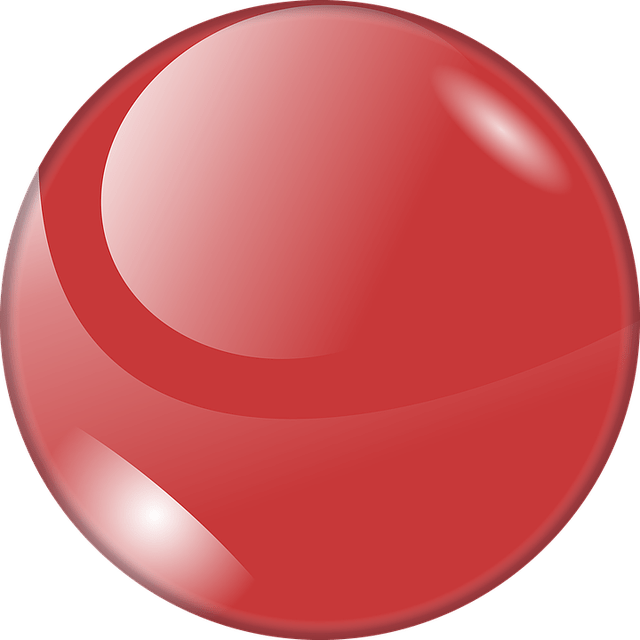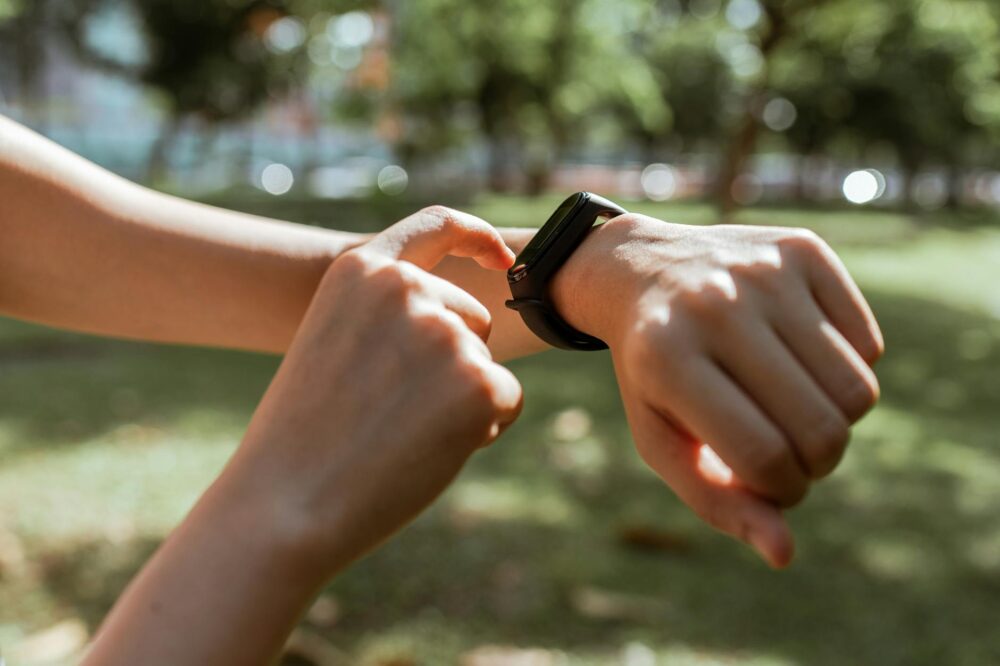
Limited help
On this site, I review the strategies that helped me recover from long covid and chronic fatigue syndrome. See all long covid recovery posts.
This is for information purposes only and nothing I share should be considered medical advice. What works for me may or may not work for you. Please do your own research and consult with your own trusted medical professionals.
What is this?
Many medical professionals recommend that those diagnosed with long covid or chronic fatigue syndrome wear a smartwatch and monitor their heart rate so that it stays below a certain number. This is to avoid post-exertional malaise (PEM) or feeling really unwell hours or days after you’ve done a simple activity.
My target heart rate was 108, which was incredibly easy to hit when I was at my worst. I could go over walking from my bed to the kitchen to get water.
Another strategy people have adopted is measuring their heart rate variability (HRV) with an app when they wake up. Tracking changes can supposedly tell you if you’re health is trending upwards or downwards so you can plan your activities accordingly. Some of the popular apps for healthy people are HRV4Training and Welltory. Ones designed for people with chronic illness include Visible and Meo Health (formerly Stasis).
How they didn’t work for me
I dutifully measured my HRV in smartphone apps every morning for many months. I also obsessively checked my Garmin to see what my heart rate was while doing simple tasks like walking around my apartment. I even set up a monitor on my Garmin to beep at me when my heart rate went over my target. It was beeping constantly.
This technological intervention made me feel incredibly anxious about doing anything. All the messages I got were telling me I was very sick. I felt my life getting smaller and smaller.
Why I gave them up
Suzy Bolt, the founder of a long covid recovery program I was doing, recommended that people try life without HRV apps and smartwatches. She argued that all this monitoring made you feel anxious and hypervigilant. It also outsourced decision-making about your body to technology. What you need to do in long covid recovery is rebuild trust in yourself to know your own body and act accordingly.
I also thought, what exactly is this data telling me? What decision is it guiding me towards? And who made these algorithms? Are they really better than what I know about myself?
I decided it wasn’t helping me make any better decisions so I took my Garmin watch off.
I also now understand PEM as a mind body symptom, which means it didn’t matter what my heart rate was. PEM is not caused by something structural in my body. It’s caused by my nervous system. So what matters much more is if I felt calm, confident and fearless doing the activity. And if I do have some symptoms after the activity, I remain calm and take care of myself and the symptoms will go away soon.
What happened
The first week after I gave up my watch and the apps, I walked for twenty minutes very slowly with lots of breaks. Before then I hadn’t really walked any further than my front door to the car (to be a passenger). The next day I was extra tired, so I laid down and rested calmly. Then I was fine. And life moved on.
It was a while before I walked that long again, as I probably did a bit too much for where I was psychologically. But I felt free. And I had some of the best weeks since getting sick!
Now that I’m feeling much better, I’ve actually put my watch back on as I wanted to get a better sense of how far I was walking compared to before I was sick. And my stats are just pretty much like a healthy person again. And I don’t check them as much!!! I am just wearing my watch like a healthy person.
Discover more from We Belong Outside
Subscribe to get the latest posts sent to your email.





2 thoughts on “Monitoring heart rate and HRV for long covid recovery”
Hi Rain. I just came across your website and wanted to tell you how uplifting, joyful and safe you are. It’s really awesome to find resources like this from such a positive and honest perspective. You seem like a really awesome human being. Thank you so much for the input and lots of love to you.
Thank you so much for your kind words!